Given that we spend about three quarters of our time indoors (counting both home and work), it is essential that we work to ensure clear indoor air quality. Contrary to what many people believe, indoor air is often more polluted than outdoor air.
How is inside air worse that outside air?
The air you breathe inside originates outside, coming in through air leaks, windows or ventilation systems, so right off the bat the best air quality you can hope for is at 'par' with what is outside. Now take that and add formaldehyde and other chemicals from manufactured wood products, and VOCs (volatile organic compounds) found in finishes, paints and adhesives. Following that are the perfumes and other chemicals found in detergents, bleaches and cleaners. So how do we cope with this toxic soup? Sometimes we add more chemicals, as if that somehow cleans the air.
What is an ambient fragrance?
We've all seen the commercials for magical little 'air fresheners' that are said to stop odours that originate through pets, cooking and general human habitation. And there are a multitude of such sprays and vaporizers (eg Febreze), gels, oils, scented candles, potpourris or diffusers such as Air-wick or Glade plug-ins.
Some people choose to put them in homes, other times you breathe them without even having a choice, in places such as offices, commercial spaces, public transportation and airplanes etc. It is particularly noticeable in malls or pharmacies as we are often forced to walk through perfume-laden aisles to get to medicines that we may need to cope with respiratory issues.
Globally, this is a 10 billion dollar industry with more than 72% of Americans using them at least once a week [1], and they are even more popular in Europe and Asia. In Korea, there is an 8.8% increase in the use of these products every year [2].
What substances are hidden in ambient fragrances?
A German study [3] identified no fewer than 14 different volatile organic compounds (VOCs) after one hour of diffusion. Similar results were found in a study conducted in the United States. All products tested emitted at least one type of VOC, and a quarter of these VOCs are listed as potentially toxic according to US law [4].
Are there safe and natural ambient fragrance products?
Yes, but they are not very common. 85% of products called "natural" or "fragrance-free" also emit phthalates, a well known VOC [3]. And it seems that virtually all ambient room fragrances (sprays, gels, cartridge diffusers and evaporators) each have the potential to emit many VOCs. And many of these substances (phthalates, acetaldehyde, formaldehyde and 1.4 dichlorobenzene and other fine particles) are considered toxic by human-health researchers.
What are the main health effects?
Even in small doses, these substances are harmful to human health and may cause the following effects: migraines, asthma, respiratory difficulties and illness, diarrhea and ear problems in children, neurological disorders, ventricular fibrillation, reproductive disorders, immune system disorders and cancer. [5].
Studies [6] conducted in the US and Australia reported that exposure to indoor perfumes and deodorants caused respiratory problems in more than 9% of people, and led to headaches for between 4% and 7% of people.
Dr. Anne Steinemann, Ph.D, the author of the Australian study, said in an interview that formaldehyde is known to cause eye, nose and throat irritation and can cause coughing, sneezing, bronchitis and dizziness [7].
Unfortunately, formaldehyde is not only found in indoor perfumes, but also in a multitude of everyday products and objects such as paints and varnishes and wood glues (MDF, melamine). Read more about this in our guide.
Spraying a cloud of blurry information:
There is a very long list of companies creating such fragrances; given that, and how fiercely proprietary information is guarded, it is very difficult to compile a list of all the components we inhale, with or without our consent.
There is no known legislation in the world that forces manufacturers of ambient fragrances to declare the complete list of compounds found in their products. In Canada, manufacturers of such products are only required to disclose immediate health risks - such as the danger of potential combustion, risk of skin or eye irritation or the potential to poison users [8].
Moreover, several studies show that a large percentage of the components that were found during independent testing were not declared by manufacturers. In a comparative study of the reported and unreported components of six room fragrances, more than 90% were not reported and yet their percentage in the formulation was substantial (over 75%) [9].
It boils down to a 'buyer beware' environment with the responsibility being on consumers to contact the manufacturer for more information. However, the company must be transparent enough to share this information when asked.
Alternative products like incense or essential oils:
Incense is made from plants and trees, with the bark, resin or flowers being reduced to a powder and mixed with with acacia gum (aka Arabic gum), to form cones or sticks. Despite their natural origin, several studies have shown that many types of incense emit high concentrations of VOCs (benzene, toluene, formaldehyde, acetaldehyde, and many others). And it would appear that it is in even greater quantity than what is found in scented candles [10].
The burning of incense potentially releases carcinogens and puts us at risk of acute, chronic respiratory problems. A Chinese study [11] found that the smoke released by two incense sticks tested had toxic effects on laboratory mice. Obviously the amount we would be exposed to would be lower than those unfortunate mice, but breathing smoke in any form remains a health risk.
Unfortunately, according to Steinemann, author of the main study, the substances emitted by products containing essential oils are similar to those found in other fragrances. Each essential oil product tested contained at least one substance that is classified as toxic.
For pure essential oils, previous studies (eg Chiu et al., 2009) demonstrated that VOCs such as benzene and toluene were released when oils were heated to 40°C. In regards to the health effects when using essential oils in a way other than by diffusion with combustion (applied to the skin or in a bath, for example), more information and research is necessary. For now it is best to use caution when using essential oils [12]. It should be noted that it is not recommended to put undiluted, pure essential oils on the skin as it can cause irritation and a rashes.
Our recommendations:
Avoid all such commercially purchased products. Beyond just polluting the air we breathe, products such as Air Wick or Glade consume energy in the process!
Instead of reaching for additional chemicals to mask smells, use bathroom fans and stove hoods or open a window. When that's impossible or just doesn't really make sense (like in winter) make sure you have a properly-running home ventilation system. And if you really want a supplementary fragrance, try using orange peels, or hang some sprigs of thyme or eucalyptus. I have tested this myself and it's amazingly effective.
Sources:
- Study cited in introduction: A. Steineman, Ten issues concerning air fresheners and indoor built environments, Elsevier. 2 (2017) 281
[1] A. Steinemann, Fragranced consumer products: exposures and effects from emissions, Air Qual. Atmos. Health (2016a)
[2] Y.R. Jung, H.H. Park, Y.H. Oh, S.G. Kim, J.R. Sohn, S.H. Kim, Y.J. Yu, G.N. Bae, M.G. Kim, Emission characteristics of volatile organic compounds from air freshener using small emission chamber, J. Korean Soc. Environ. Eng. 33 (2010) 183e190.
[3] E. Uhde, N. Schulz, Impact of room fragrance products on indoor air quality, Atmos. Environ. 106 (2015) 492-502.
[4] A. Steinemann, Volatile emissions from common consumer products, Air Qual. Atmos. Health 8 (3) (2015) 273e281 et A. Steinemann, Volatile emissions from common consumer products, Air Qual. Atmos. Health 8 (3) (2015) 273-281.
[5] A. Steineman, Ten questions concerning air fresheners and indoor built environments, Elsevier. 2 (2017)
[6] A. Steinemann, Prevalence of Effects from Fragranced Consumer Products, 2016. Preventive Medicine Reports (accepted) et A. Steinemann, Fragranced consumer products: exposures and effects from emissions, Air Qual. Atmos. Health (2016a), http://dx.doi.org/10.1007/s11869-016-0442-z
[7] http://www.grandparents.com/health-and-wellbeing/health/are-air-freshene...
[8] http://www.ccohs.ca/oshanswers/hsprograms/scent_free.html
[9] E. Uhde, N. Schulz, Impact of room fragrance products on indoor air quality, Atmos. Environ. 106 (2015) 492-502.
[10] Rapport INERIS-DRC-11-115731-06669B. Classement des bougies et des encens en fonction des émissions de composés organiques volatils et de particules dans l’air intérieur (2011). 70
[11] Zhou, R., An, Q., Pan, X.W. et al. Environ Chem Lett (2015) 13: 465.
















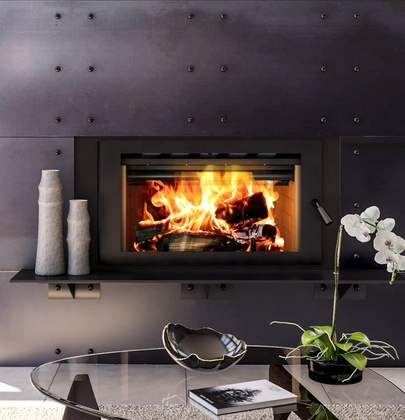



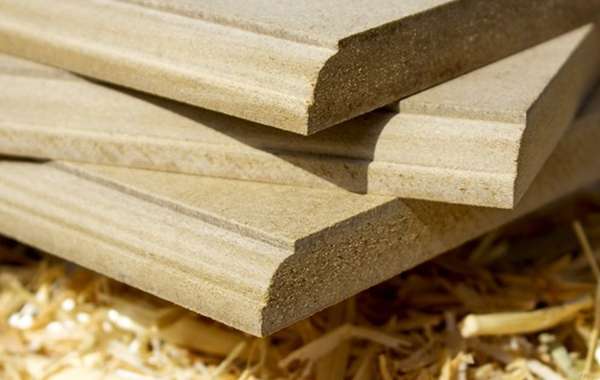

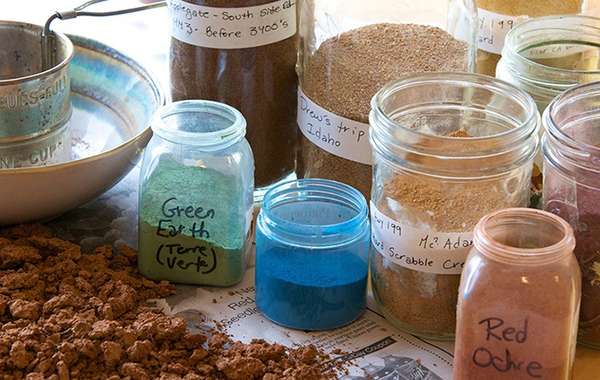
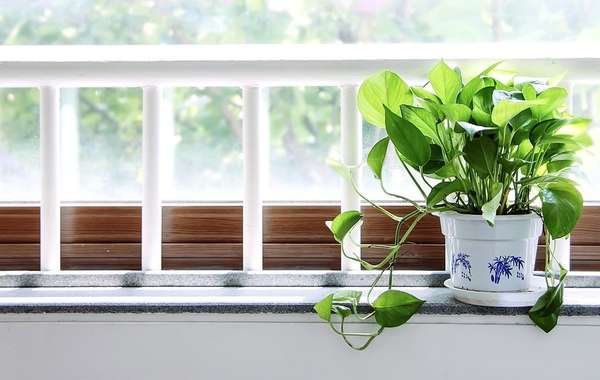
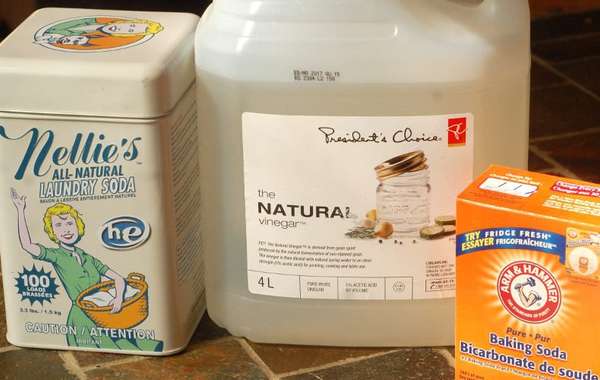



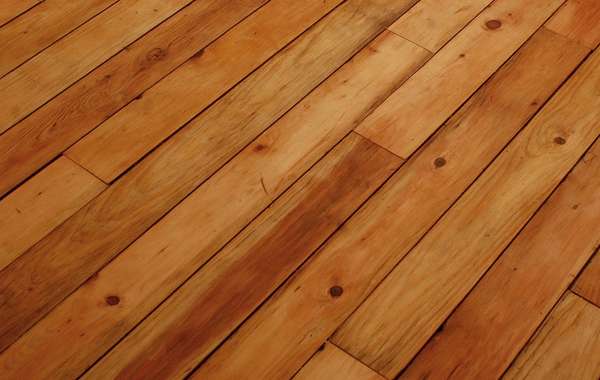


Comments (0)
Sign Up to Comment